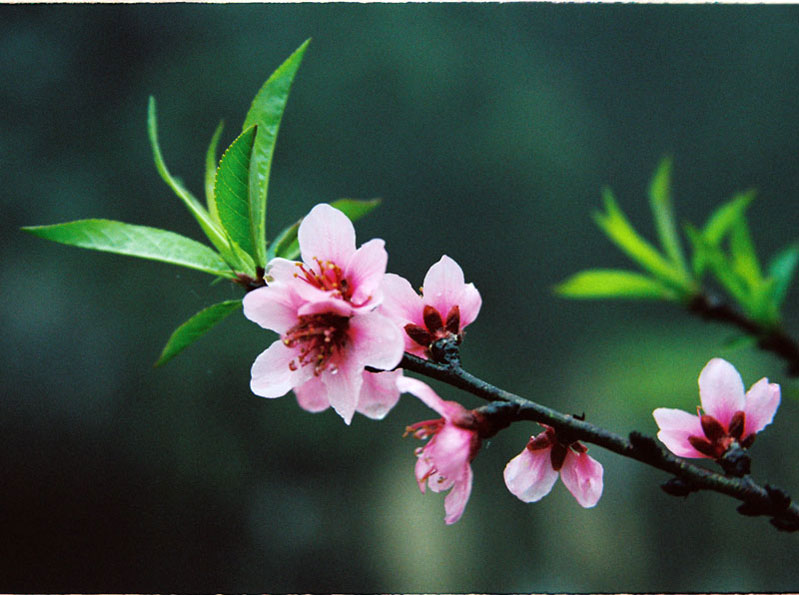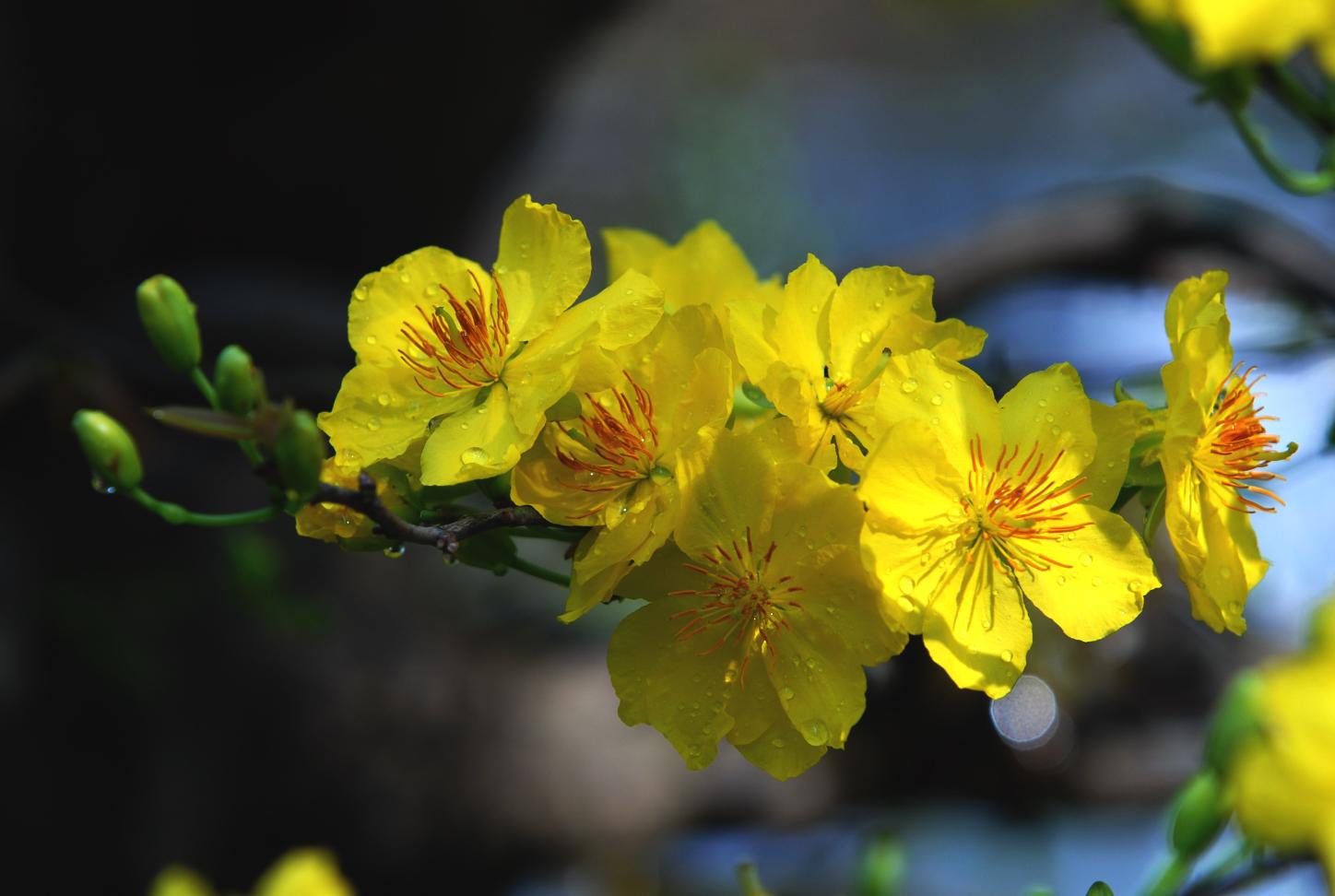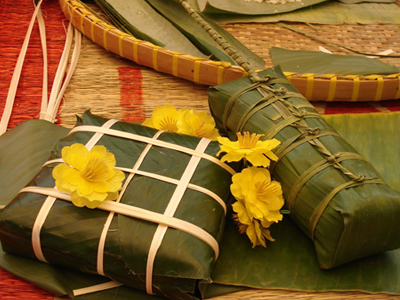All Vietnamese celebrate the biggest traditional holiday with the same cultural custTo begin with, Tet is not Tet if there is no sight of Hoa Dao (north) or Hoa Mai (south) in every home. The north feels warmer with pink peach blossoms that match well with dry, cold weather. Meanwhile, the south seems more cheerful with yellow apricot flowers that are adaptable to the hot weather of the region. Nowadays, the kumquat tree (Cay Quat) is also other popular decoration choice for the living room in the north or central houses.oms such as: worshiping ancestors, be the first New Year’s caller, giving lucky money or going to pagodas, etc. However, taking a detail look inside them, each region has unique items showing distinct perspectives.
Receiving lucky money in Tet
To begin with, Tet is not Tet if there is no sight of Hoa Dao (north) or Hoa Mai (south) in every home. The north feels warmer with pink peach blossoms that match well with dry, cold weather. Meanwhile, the south seems more cheerful with yellow apricot flowers that are adaptable to the hot weather of the region. Nowadays, the kumquat tree (Cay Quat) is also other popular decoration choice for the living room in the north or central houses.
Pink peach blossom
In the Lunar New Year, cuisine makes the most outstanding flavors than remain days. There is a kind of special cake that is essentially tightly packed sticky rice with meat or bean fillings wrapped in Dong leaves. The north people make the cake in square shape called Bánh chưng to honor Mother Earth, fertility, wealthy). Still, Bánh Tét, in the south, is as rounded pipe, representing vigor and perpetuity. To enjoy Banh chung, Banh tet during three days, do not forget to eat along with pickled onion and pickled perpetuity respectively.
Beside, one of the northern food specialties of Tet is frozen pork with field mushroom. With the warmer climate moving South, the cuisine takes with coconut forming the basis of Tet delicacies such as Thit Heo Kho or pork stewed in coconut milk.
On the other hand, each family altar can’t have no an art arranging five-fruit tray. In southern Vietnam, popular fruits used for offerings are the custard-apple (mãng cầu), coconut (dừa), papaya (đu đủ), and mango (xoài), since they sound like “cầu vừa đủ xài” (known as: pray for enough to use) in the southern dialect of Vietnamese. People there keep off banana (afraid of slip), durian (sadness), orange (sufferings), ect. Conversely, the tray in the north often gets smaller and easier to set up. It contains pomelo, banana, mandarin, chili, which can be replaced by other fruits as long as the more colorful the tray is, the better.
Art arranging five-fruit tray (not real)
In shorts, interesting Tet customs in many regions once again contribute the diversity of traditional Vietnamese culture. The Lunar New Year 2014 is coming, so why don’t you backpack to travel and yourself discover the differences and beyond?








Comments